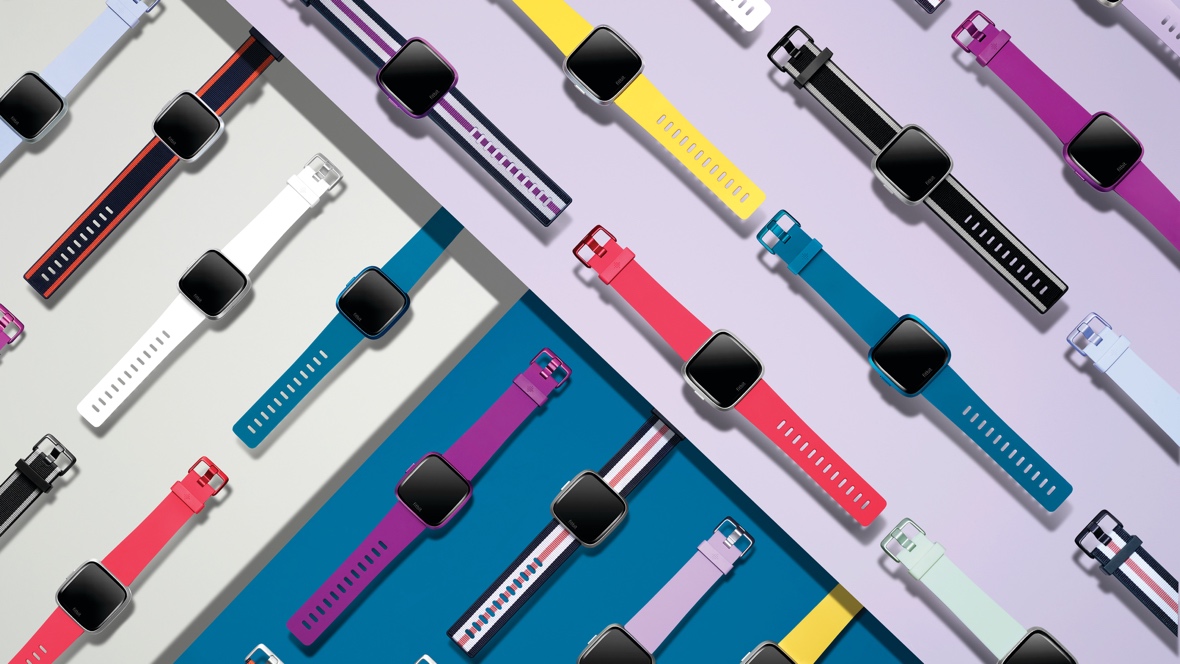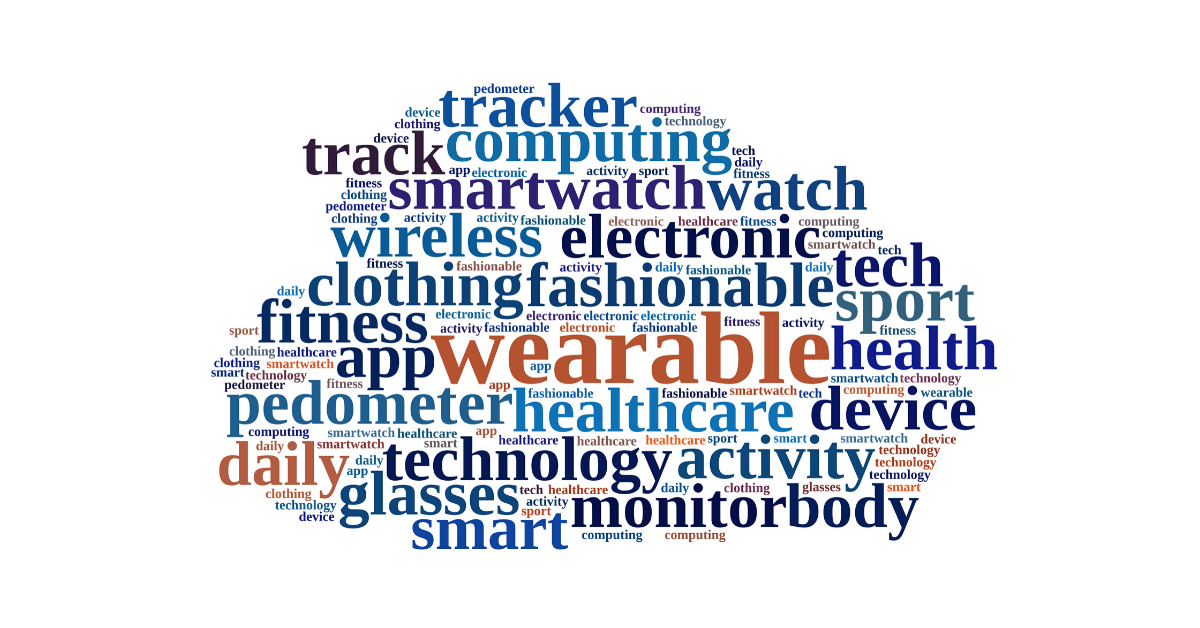Older adults can save tens of thousands of dollars annually by choosing assisted living communities over aging in place in their homes.
Unlike point solutions, Inspiren unifies resident safety, care planning, staffing, and emergency response into a single AI-powered platform.
An artificial intelligence-powered virtual assistant platform for senior living and care providers.
Betting that AI could lighten the clinician load.

 2021 – even less travel than previous – so for many, it was the best of times. Not just for Zoom,
2021 – even less travel than previous – so for many, it was the best of times. Not just for Zoom,  Within five years, predictive, proactive and adaptive smart home solutions that support health and wellbeing, comfort and safety, and engagement and entertainment will emerge to meet the needs of older adults, including subscription-based services that are integrated with wearables. Remote configuration and updates will be standard, and health insurers will be interested in smart home technology as a deterrent to hospitalization. With the addition of predictive analytics and machine learning, the home can become a participating caregiver for the oldest and frailest. What are a few of the trends that will make that feasible?
Within five years, predictive, proactive and adaptive smart home solutions that support health and wellbeing, comfort and safety, and engagement and entertainment will emerge to meet the needs of older adults, including subscription-based services that are integrated with wearables. Remote configuration and updates will be standard, and health insurers will be interested in smart home technology as a deterrent to hospitalization. With the addition of predictive analytics and machine learning, the home can become a participating caregiver for the oldest and frailest. What are a few of the trends that will make that feasible? It’s a slog searching for data about tech adoption of older adults. So many years of searching and trying to understand gaps in adoption, less and less usable data. Survey organizations exist that track adoption by age (think Pew Research, Nielsen, AARP) – but the frequency with which they publish surveys about technology has diminished over the years. Checking out the main page of
It’s a slog searching for data about tech adoption of older adults. So many years of searching and trying to understand gaps in adoption, less and less usable data. Survey organizations exist that track adoption by age (think Pew Research, Nielsen, AARP) – but the frequency with which they publish surveys about technology has diminished over the years. Checking out the main page of  Wearables are new (now) to most older adults in 2021. But that will change in the coming years as broad market acceptance drives interest among the 65+ population. Adoption will grow as the price points become more affordable; and most important, as the data from wearables becomes more actionable, informative, and predictive of future change. Within five years, doctors will see the benefit in guiding older adults to their usage. Chronic disease monitoring through wearables will see the most substantial growth. And stigma-free and lower cost hearables will provide customizable sound improvements to a far broader population than current hearing aids. Check out the new report:
Wearables are new (now) to most older adults in 2021. But that will change in the coming years as broad market acceptance drives interest among the 65+ population. Adoption will grow as the price points become more affordable; and most important, as the data from wearables becomes more actionable, informative, and predictive of future change. Within five years, doctors will see the benefit in guiding older adults to their usage. Chronic disease monitoring through wearables will see the most substantial growth. And stigma-free and lower cost hearables will provide customizable sound improvements to a far broader population than current hearing aids. Check out the new report: 